Epic about a hero who loves freedom and justice
When mentioning epics in the Central Highlands, people often think of Dam San of the Ede people in Dak Lak province, but few people know that the Ba Na community of the Ro Ngao branch in Kon Tum also owns a huge epic treasure with more than 100 works about the heroic Giong.

Elder A Jar (left) and elder A Luu join hands to preserve and maintain the massive epic collection of the Ro Ngao people.
PHOTO: DUC NHAT
After about 2 decades of investigation and collection, experts and researchers have transcribed and translated many epic works of the Ro Ngao people. Among them, elder A Jar (77 years old, in Plei Don village, Quang Trung ward, Kon Tum city) has translated over 20 epics of the Ba Na people in Kon Tum.
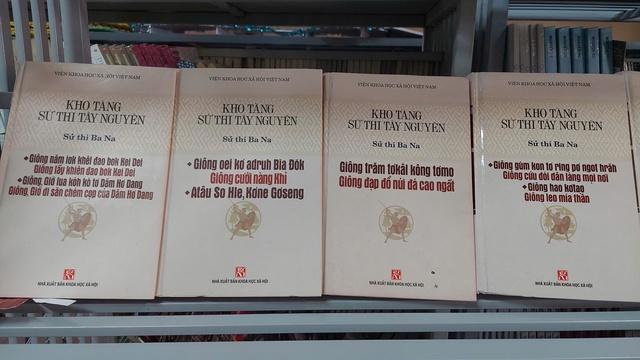
Hơ'mon of the Rơ Ngao people includes a system of continuous works, focusing on the story of the hero Giông.
PHOTO: DUC NHAT
Old A Jar said that in the 2000s, he was invited to participate in a project to investigate, collect, translate, and publish the Central Highlands epic treasure trove carried out by the Vietnam Academy of Social Sciences. Experts recorded the epic singing sessions of Ba Na artisans, and old A Jar transcribed and translated. In 2005, the project ended, old A Jar collaborated with Dr. Nguyen Tien Dung, a senior lecturer at Ho Chi Minh City University of Education, to continue translating the epics. Thanks to that, the rare and continuous epic system of the Ro Ngao people was recreated in its original form by researchers, and the translation was organized and compiled in an elaborate and meticulous manner.
According to the elder A Jar, the Hơ'mon of the Rơ Ngao people includes a system of continuous works, focusing on the central character - the hero Gióng. He is a brave young man with outstanding strength and talent. Each story, each work in this continuous epic system can exist independently as a complete work, telling about an outstanding feat of Gióng and his friends and brothers, typically: Gióng, the tiger hunter by Dăm Hơ Dang; Gióng marries the Monkey; Gióng knocks down towering mountains; Gióng saves the hungry villagers everywhere, Gióng climbs the magical sugar cane ... Each story, each work is a slice of the entire system and is linked together in terms of time sequence as well as meaningful content.
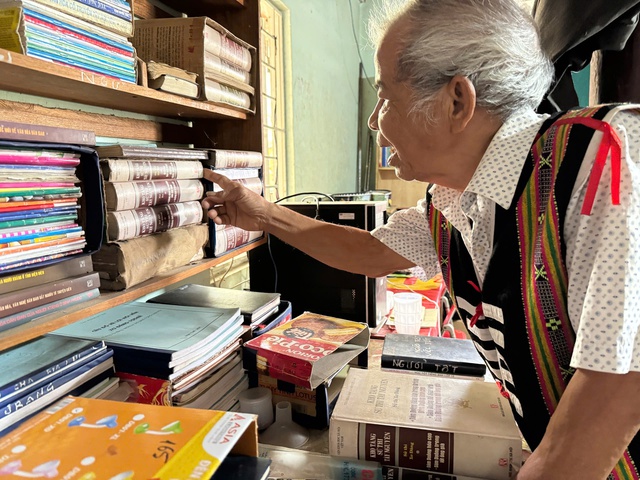
Gia A Jar made a great contribution when he participated in transcribing and translating over 20 epic poems of the Ba Na people of the Ro Ngao branch.
PHOTO: DUC NHAT
Elder A Luu (82 years old, in Kon Klor II village, Dak Ro Wa commune, Kon Tum city) is one of the few artisans in Kon Tum province who can sing and tell epics well and uniquely. Together with elder A Jar, elder A Luu participated in the project to investigate and collect epics of the Ro Ngao people as a performer.
According to old man A Luu, the hơ'mon works are told in prose mixed with verses with a natural and simple language style. Many parts of the epic show that Giông is a very diligent and hard-working person, good at everything, from farming, rice fields, fishing in streams to blacksmithing. Giông is also the commander in building communal houses for the village. With his love of work and loyalty, Giông always receives the love and admiration of the village. Many girls in the villages always want to ask Giông to be their husband. Giông is also a friend of wild animals, raising up to 100 tigers in his house. Tigers do not eat Giông but help Giông eliminate evil people. In addition, Giông is also described as the lord of all animals because he can command rabbits, monkeys, pangolins, bears, pythons, snakes...
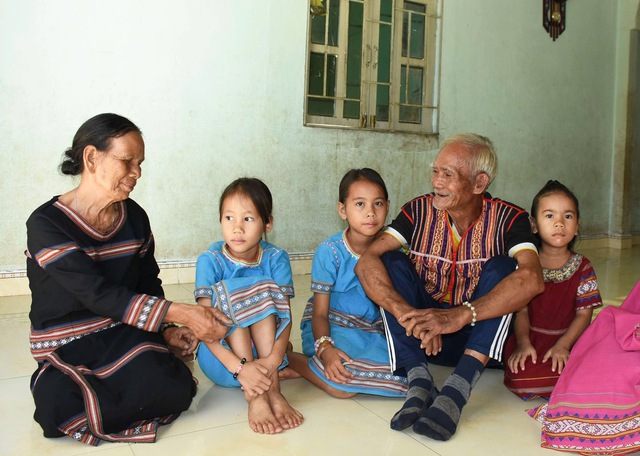
Old A Luu sings epics to his children and grandchildren
PHOTO: PHUC NGUYEN
The epic also tells the story of the tenacious fight of Giông. While hunting, Giông was captured by two evil men and sold to a rich man. Giông was tortured and beaten constantly. With his will, determination, courage and intelligence, Giông fought the evil men to regain freedom, justice and reason...
Worry about it
For old A Luu, hơ'mon is the continuation of family tradition. In the past, his mother Y Ngao was taught long hơ'mon songs by her grandfather. Later, old Y Ngao became a famous hơ'mon singer in the region. Following his mother to sing hơ'mon since he was 9 years old, the epic about Giông was absorbed into A Luu's blood and flesh. Then that massive epic became as familiar to A Luu as everyday speech. Over 100 epics were told by old A Luu throughout his life.
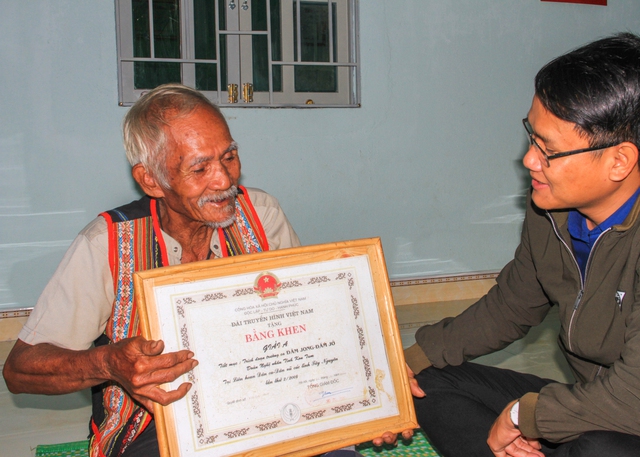
The number of singers and listeners gradually decreased, causing the epic to be lost, which was something that old A Luu always worried about.
PHOTO: DUC NHAT
Elder A Luu said that hơ'mon is performed very comfortably and naturally while sitting by the fire as well as while working in the fields. In the past, villagers often gathered at the communal house to listen to the elder tell epics all night long. As the years passed, elder A Luu still sat leaning against the door sill singing hơ'mon even though the audience gradually decreased. As time passed, his deep, sad voice was not enough to attract people like TV and telephone. The elderly who were enthusiastic and passionate about epics gradually decreased, and the young generation was less interested in epics. Who will remember hơ'mon tomorrow? That is what elder A Luu worries about the most. (to be continued)
Ms. Dau Ngoc Hoai Thu, Head of the Department of Culture and Family Management, Department of Culture, Sports and Tourism of Kon Tum province, said that hơ'mon - the epic of the Ba Na people of the Rơ Ngao branch belongs to the genre of folk literature, and was included in the list of national intangible cultural heritage by the Ministry of Culture, Sports and Tourism since 2015. Recently, the Department of Culture, Sports and Tourism has organized an inventory, review, and preliminary statistics of epics and the number of artisans who know how to sing and tell epics in the province to have a plan to promote and preserve this cultural heritage.
Source: https://thanhnien.vn/doc-dao-di-san-van-hoa-phi-vat-the-ban-anh-hung-ca-cua-nguoi-ro-ngao-185250329204700046.htm


![[Photo] Speeding up construction of Ring Road 3 and Bien Hoa-Vung Tau Expressway](https://vstatic.vietnam.vn/vietnam/resource/IMAGE/2025/3/31/f1431fbe7d604caba041f84a718ccef7)
![[Photo] President Luong Cuong meets with King Philippe of Belgium](https://vstatic.vietnam.vn/vietnam/resource/IMAGE/2025/4/1/1ce6351a31734a1a833f595a89648faf)
![[Photo] Official welcoming ceremony for the King and Queen of the Kingdom of Belgium](https://vstatic.vietnam.vn/vietnam/resource/IMAGE/2025/4/1/9e1e23e54fad482aa7680fa5d11a1480)

![[Photo] President Luong Cuong and the King of Belgium witness the Vietnam-Belgium document exchange ceremony](https://vstatic.vietnam.vn/vietnam/resource/IMAGE/2025/4/1/df43237b0d2d4f1997892fe485bd05a2)






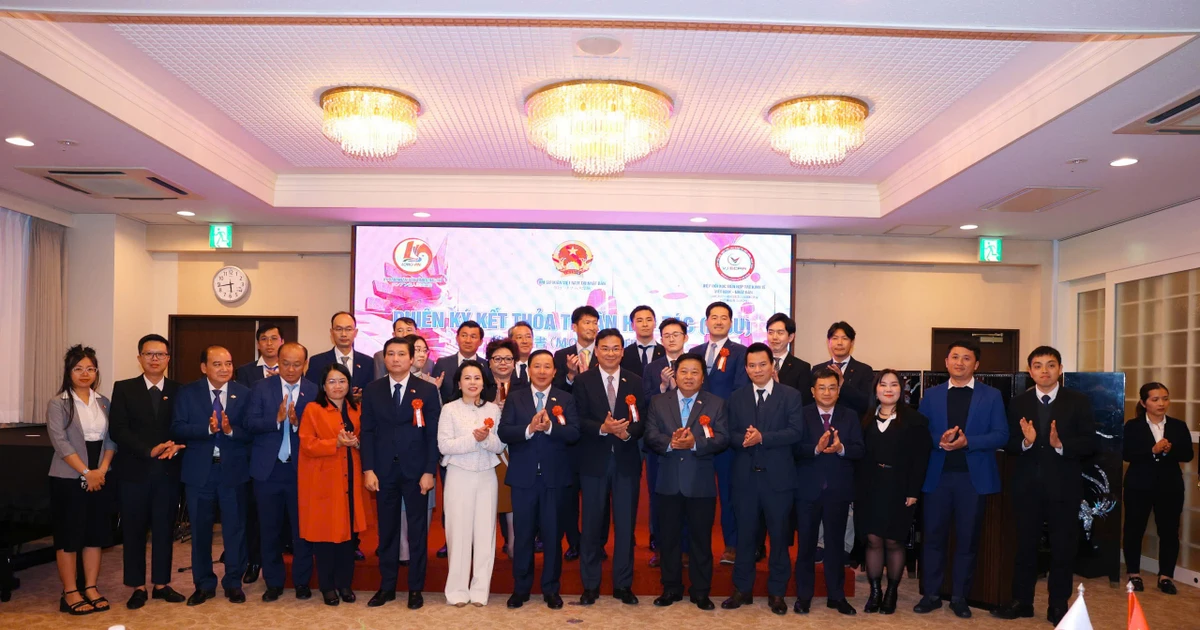




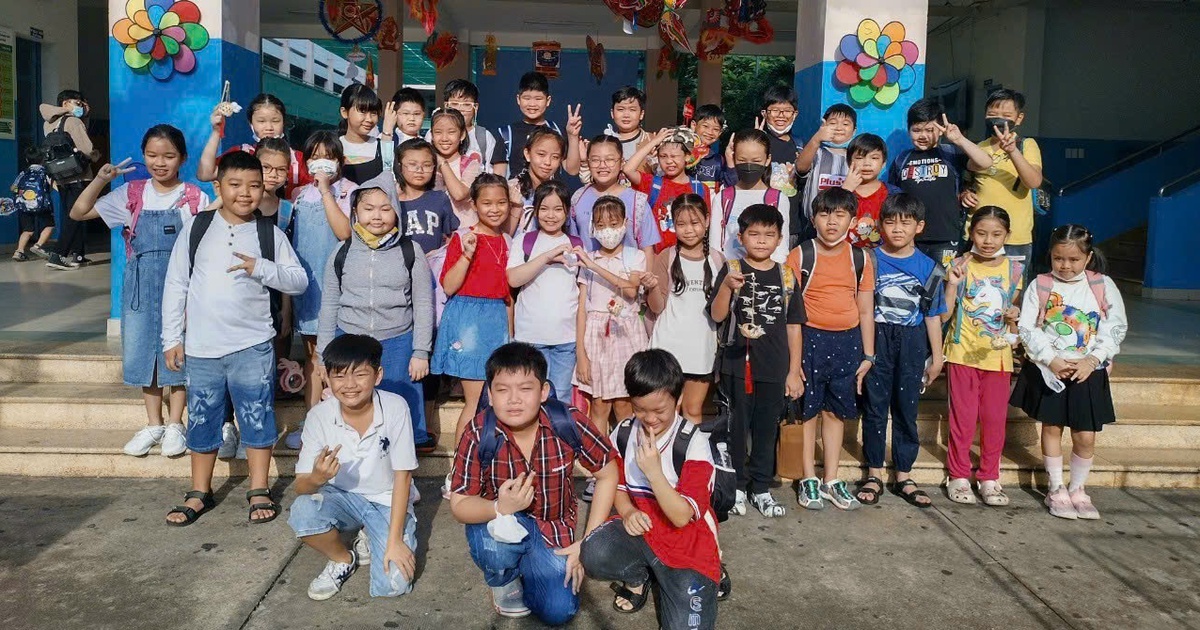


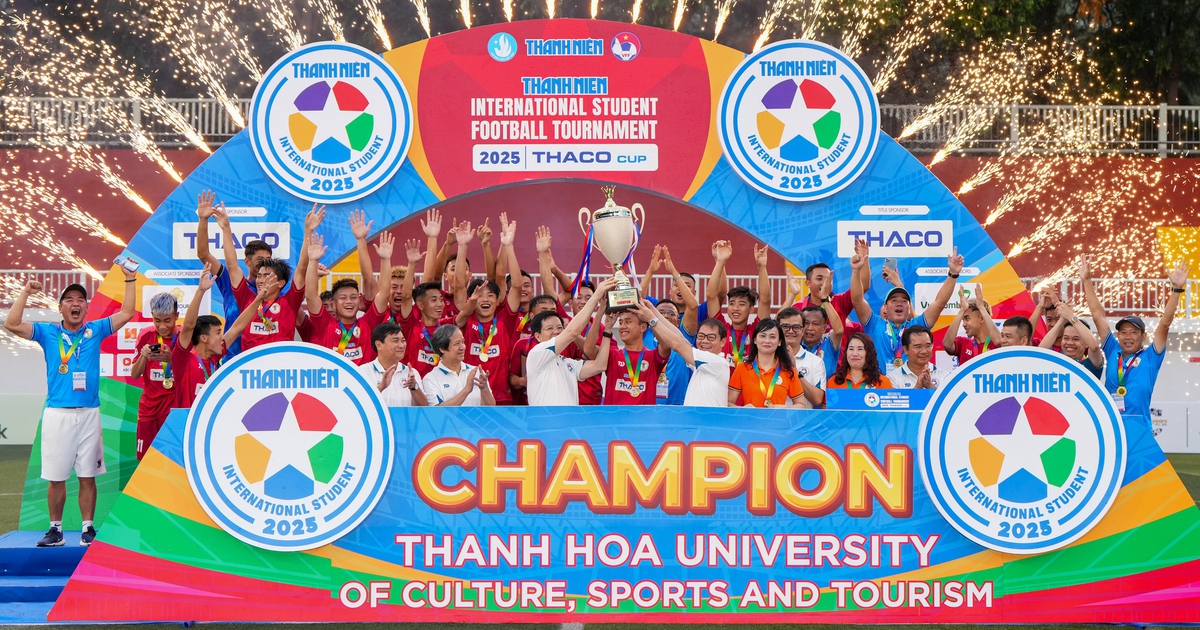
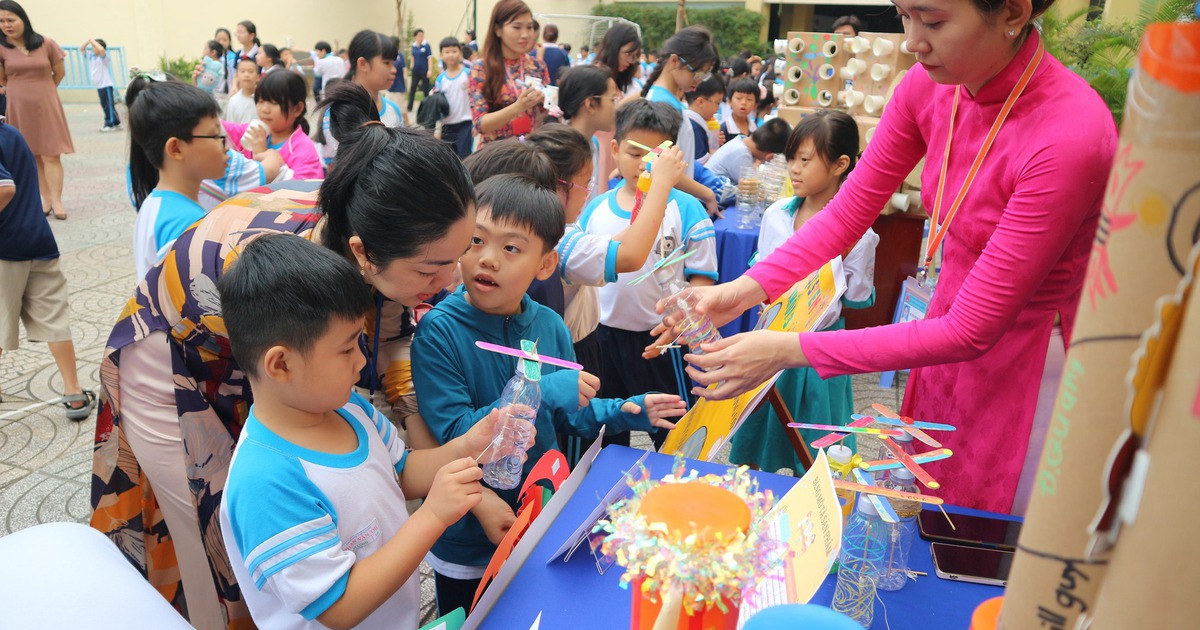








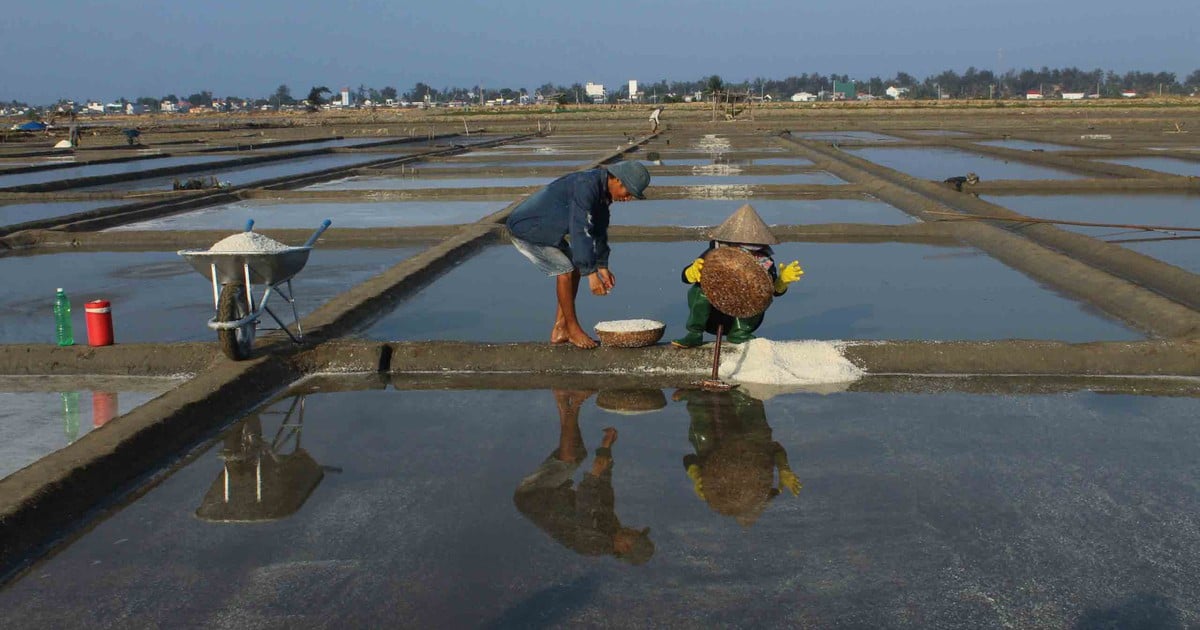
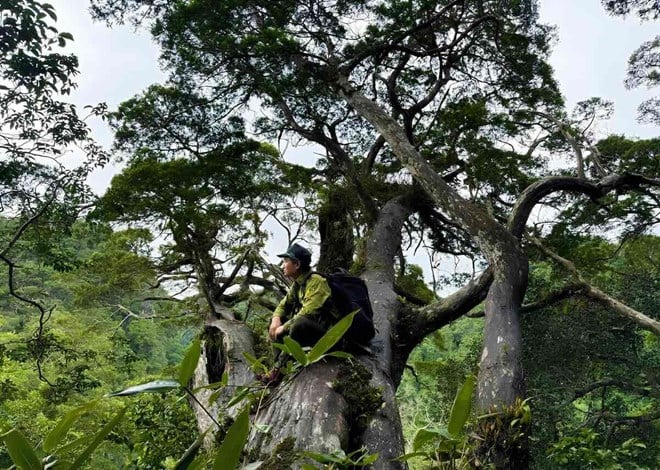






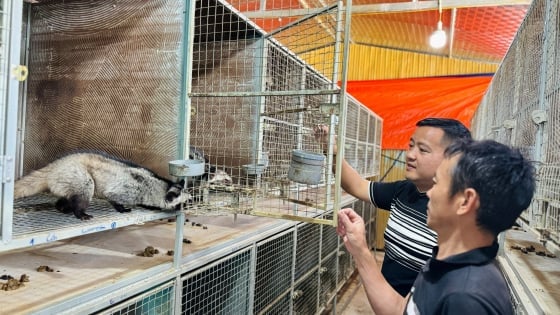

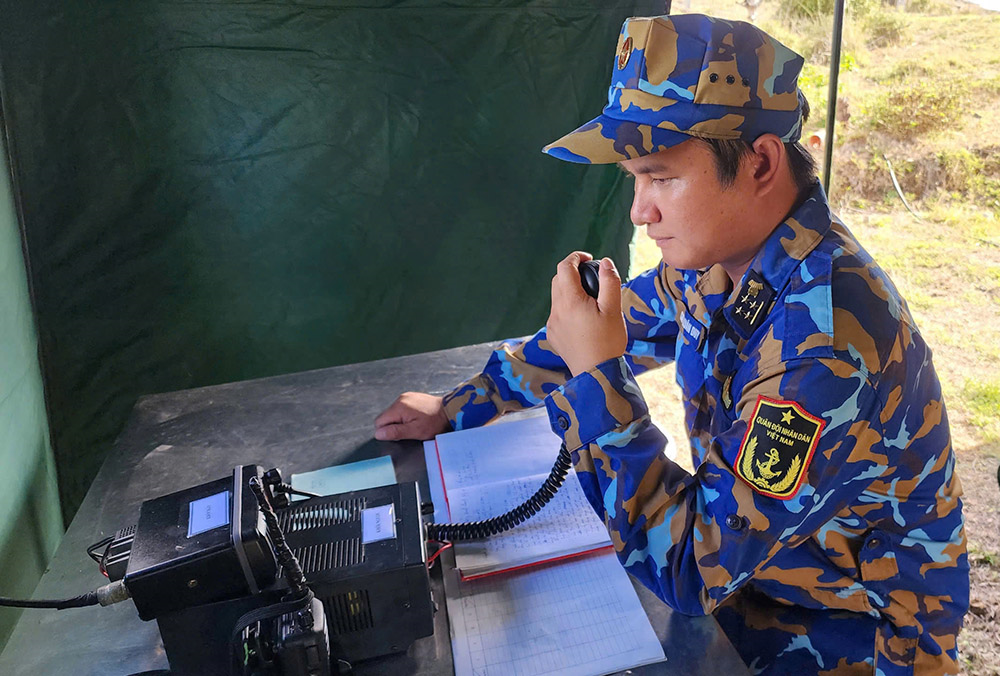










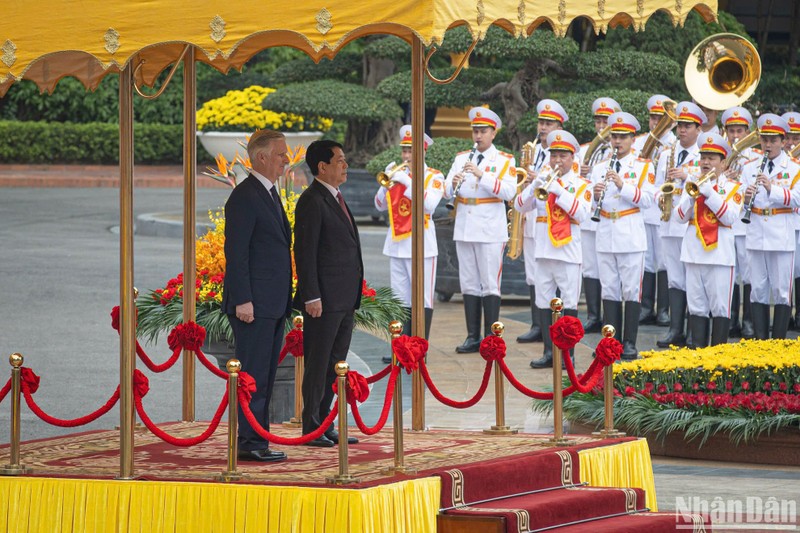


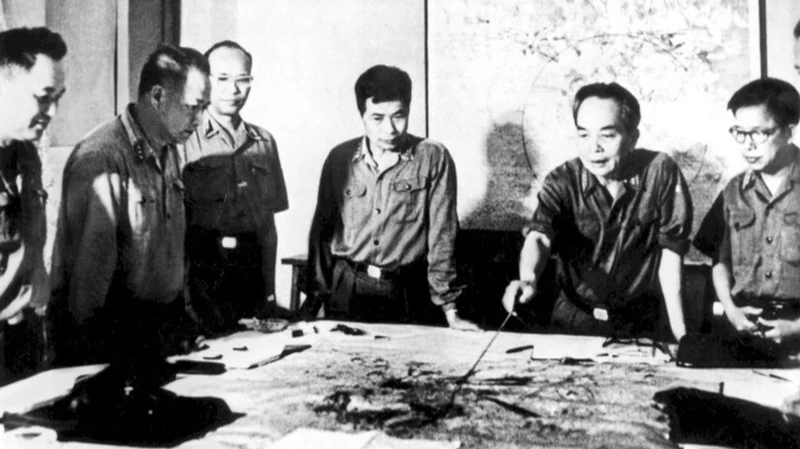







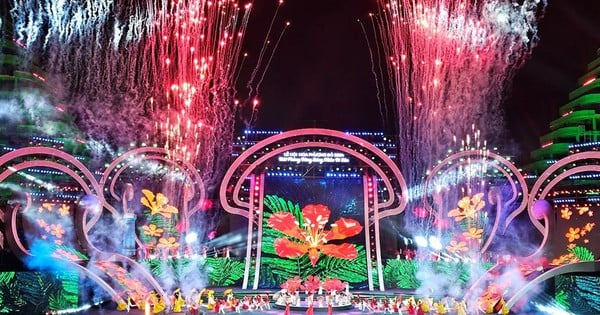
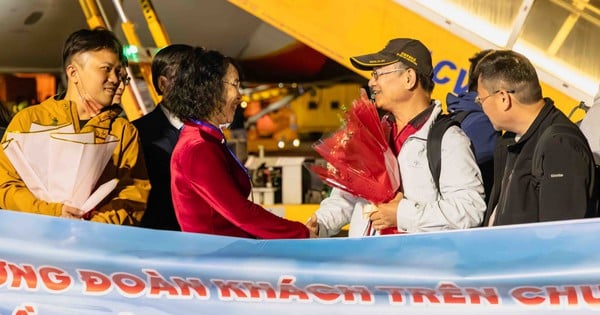






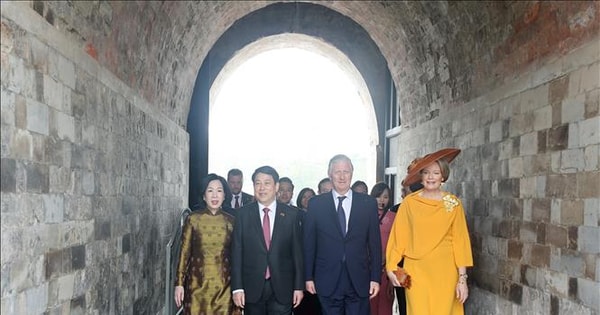














Comment (0)